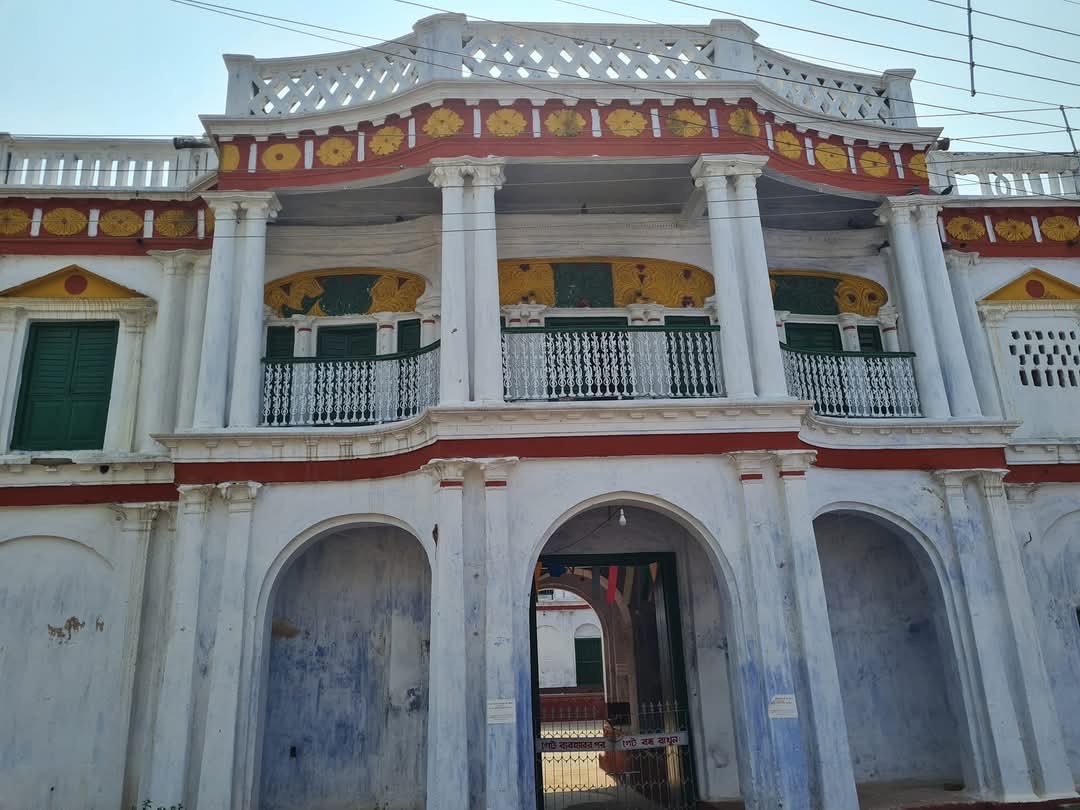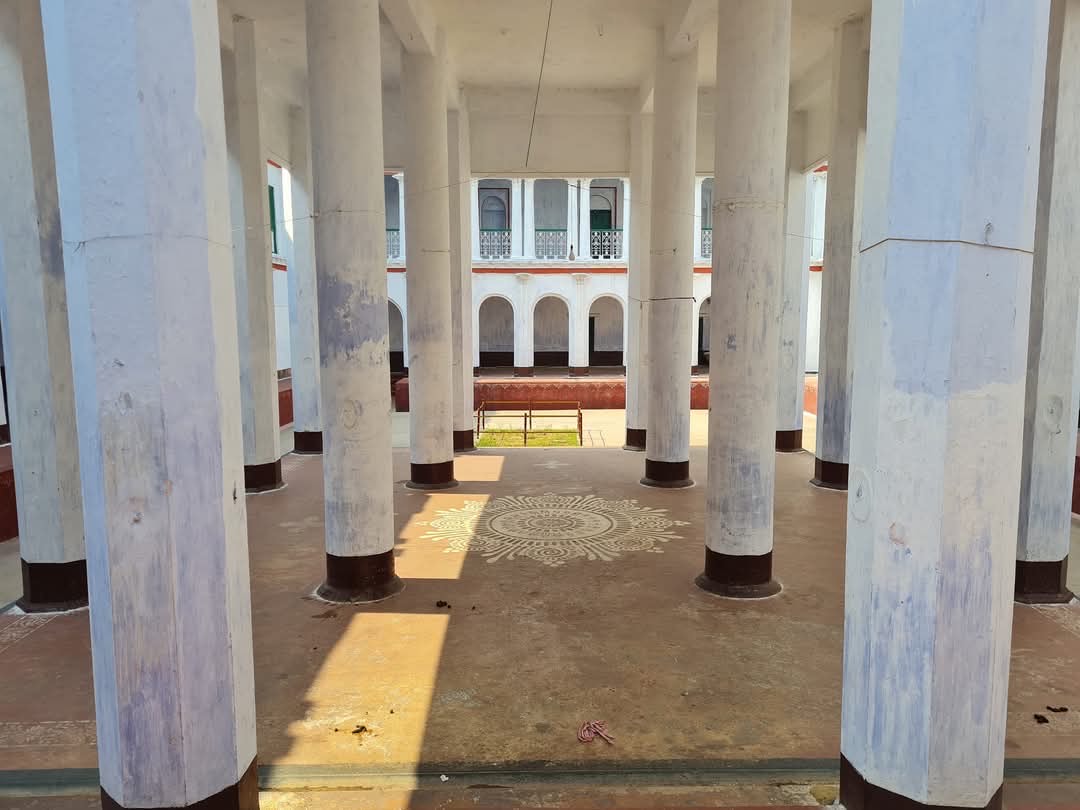Surul Raj was a prominent zamindari estate in Birbhum District, West Bengal, during the colonial era. It was established by the Sadgop Sarkar family, whose rise to power was marked by economic enterprise, strategic land acquisitions, and deep social integration. Unlike traditional aristocratic zamindars, the Surul Sarkar family emerged through commerce and later transitioned into landholding, securing their position under the Burdwan Raj.
- origin and history
According to family tradition, the ancestors of the Sarkar family migrated from Nilpur to Bolpur in Burdwan. They belonged to the Sadgop community. Early records, including a hukumnama issued by the Maharaja of Birbhum in B.S. 1183 (1776 AD), indicate that Dullov Ghosh and Brojo Ghosh were pastoralists by profession. The extent of their cattle pasture land included 10 mouzas in Pargana Alinagar, Barabaksinha, and Taluk Shupur, whuch reflects their prosperous status. Brojo Ghosh, also known as Rajballav Ghosh, acquired additional bighas of land, as evidenced by a sale deed from 1792 AD. Brojo Ghosh had two son Ramnarayan and Srinibas.

The family’s fortunes significantly improved under Shree Srinibas Sarkar, He was instrumental in transforming the family’s wealth into landed power. By leveraging his financial resources, he strategically acquired lands that had previously been under the administration of the Burdwan Raj. In 1804, he purchased Kopa taluk in the name of his eldest son, Ramananda. By 1807, he was recorded as the talukdar of Gomra lot Mirzapur and lot Mogra. His most significant acquisition came in 1816 when he secured 13 mouzas in the pargana of Manoharsahi, strengthening his status as a sub-zamindar under the Burdwan Raj. In 1821, he further expanded his estate by acquiring another Pattani taluk in Ramnagar pargana, Champanagar. These acquisitions solidified the Surul family’s position as a dominant landholding entity in Birbhum.
Within just two generations, the Sarkar family had successfully integrated into the rent-receiving landed society of Birbhum, establishing themselves as one of the region’s premier elite families. In the following generation, Ramnarayan’s youngest son, Ashananda, carried forward the family enterprise by efficiently managing the zamindari while expanding into trade in garha cloth, indigo, and sugar, along with rural usury.
Ashananda inherited an established zamindari, which he successfully maintained, but its true founder was his uncle, Srinibas. Mere possession of land rights was not enough to make a new zamindar an effective ruler. Srinibas, with his sharp foresight and enterprising spirit, refused to be an absentee landlord. He expanded his influence to the fringe areas of the Burdwan zamindari, firmly establishing himself as a zamindar proper.

- Social and Religious Influence
To reinforce their legitimacy, the Sarkar family actively engaged in religious and cultural patronage. Sarkar family initiated the Durga Puja at Surul Rajbari, a tradition that has continued for over hundreds of years. This Puja uniquely blends Vaishnav and Shakta traditions, reflecting the family’s spiritual inclinations. Rituals such as the ‘Nabapatrika Snan’ procession and the use of ‘Dhol,’ ‘Kansar,’ and ‘Sanai’ instead of the typical ‘Dhak’ set the Surul Rajbari Durga Puja apart. The family also maintained strict adherence to Vaishnav customs, as seen in the ritualistic relocation of the ‘Shalgram Shila’ during animal sacrifices.
- Zamindari Administration and Tenant Relations
Unlike absentee landlords, Srinibas Sarkar and his successors played an active role in estate management. They imposed stringent revenue collection policies, transitioning traditional tebhaga sharecropping into contractual ekrar agreements. This ensured that cultivators remained dependent on fixed rent structures, with little scope for remissions even in times of natural calamities. While these measures strengthened the financial stability of Surul Raj, they also led to occasional tensions with tenants.

- Legacy and Impact
Surul Raj symbolized the transition of Bengal’s agrarian elite from trade-based wealth to landed aristocracy. The Sarkar family seamlessly integrated into the feudal order while maintaining their enterprising spirit. The Rajbari’s architectural grandeur, its cultural contributions, and its enduring religious traditions remain significant markers of its historical influence.
Even after the abolition of zamindari under the Bengal Tenancy Act, the legacy of Surul Raj continues to shape the region’s heritage. The annual Durga Puja, the preservation of historical records, and the family’s contributions to religious and social causes stand as testaments to their enduring impact on Bengal’s cultural and agrarian history.
পরমবৈষ্ণব শ্যামানন্দ মণ্ডল parama vaishnava shyamananda mandal
Pallab mondal
